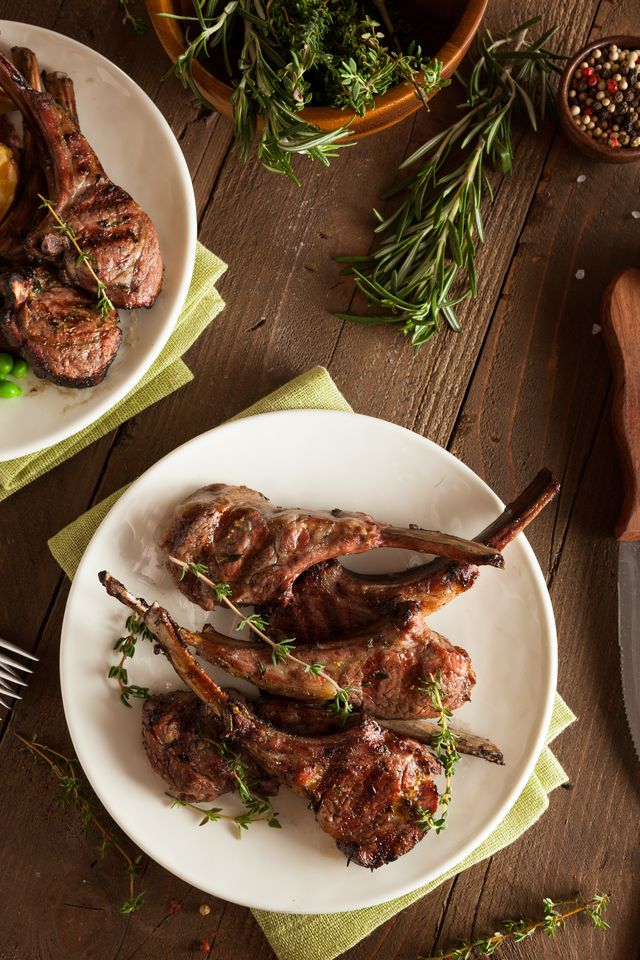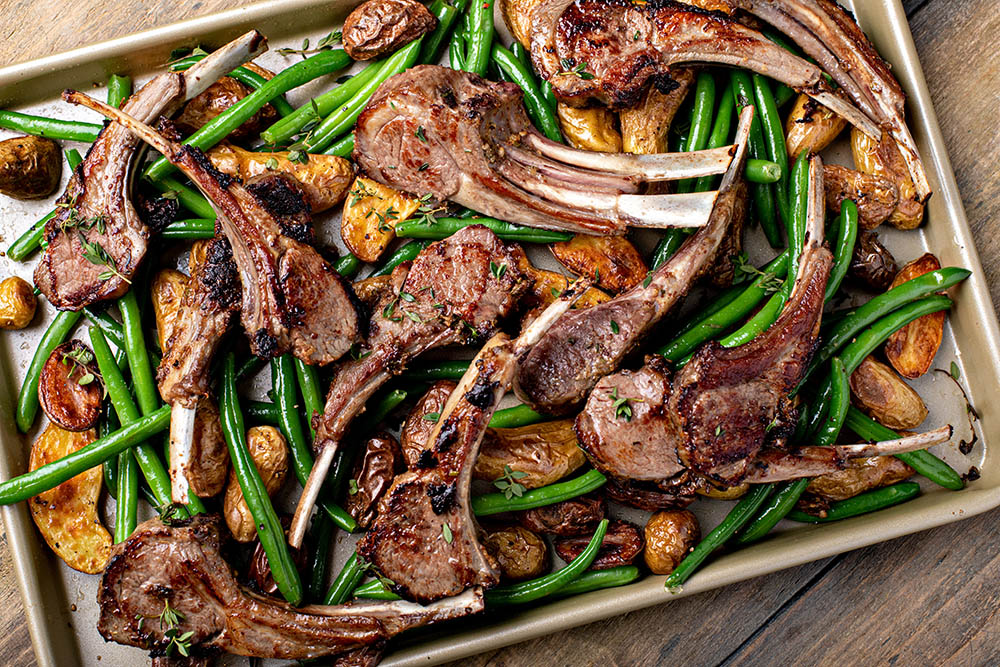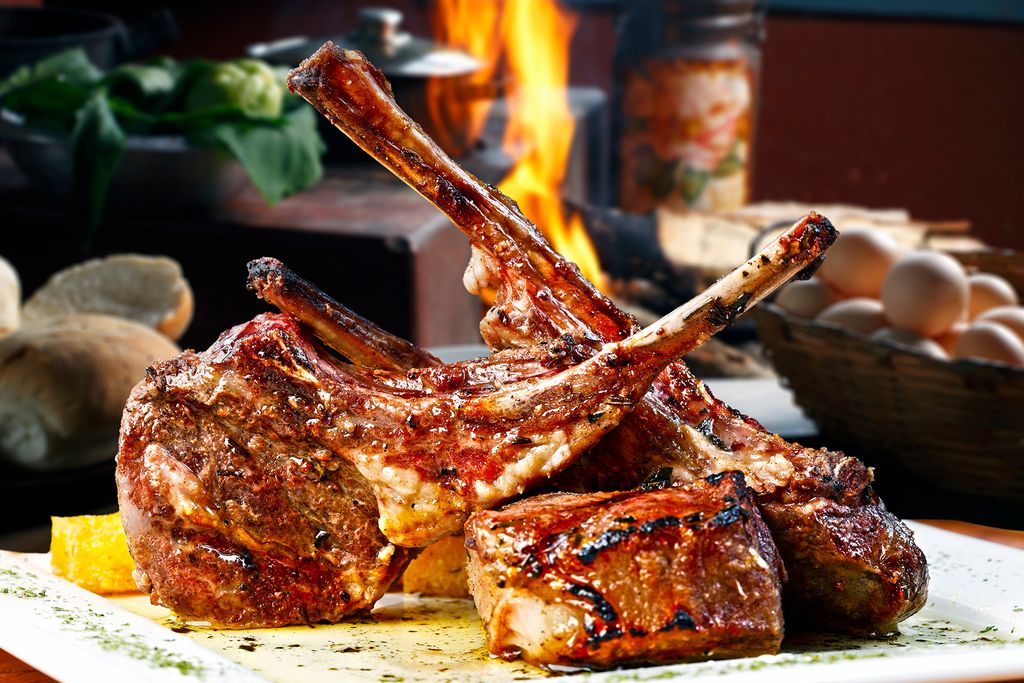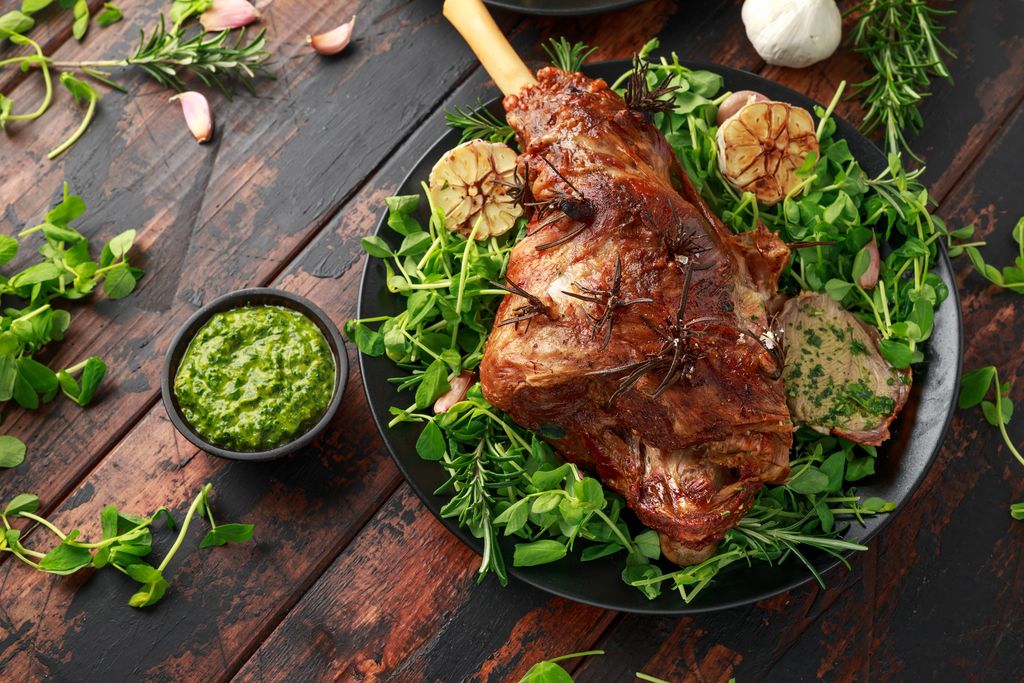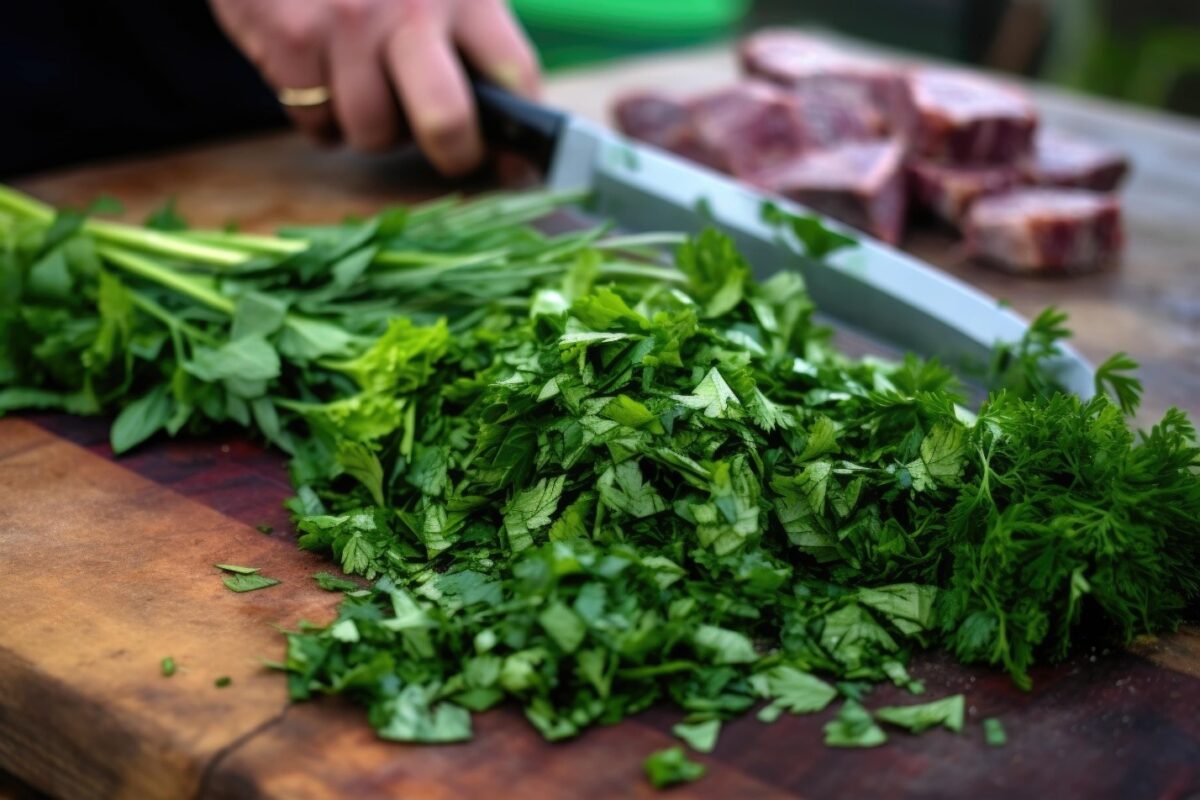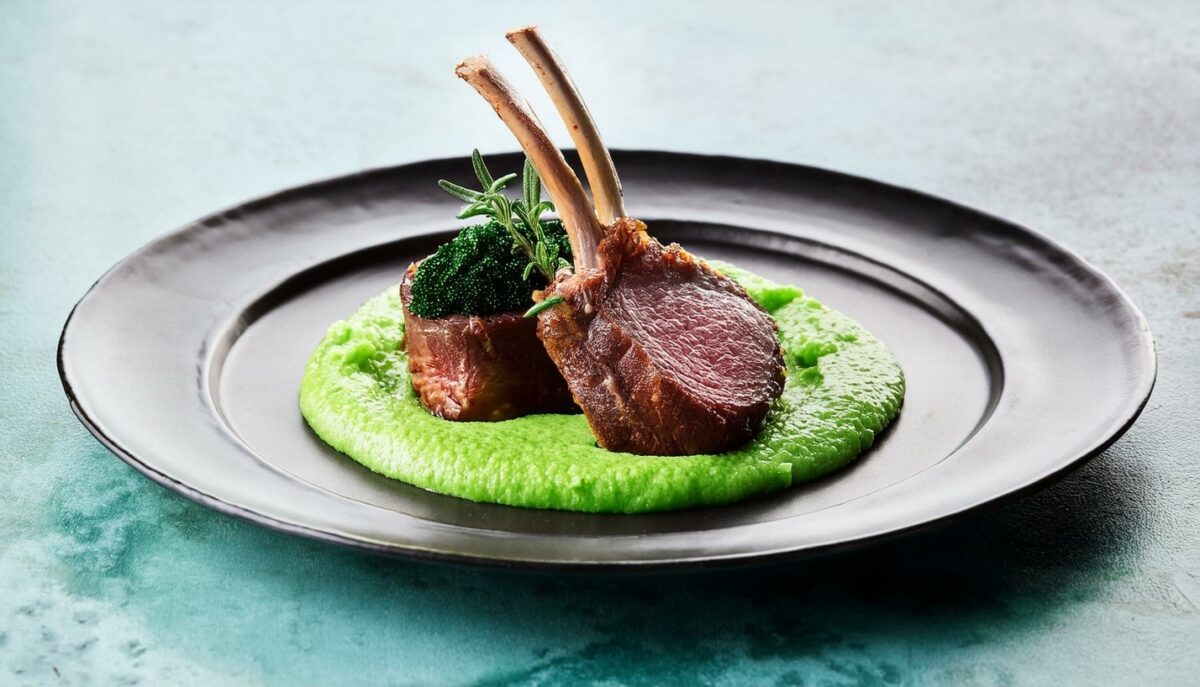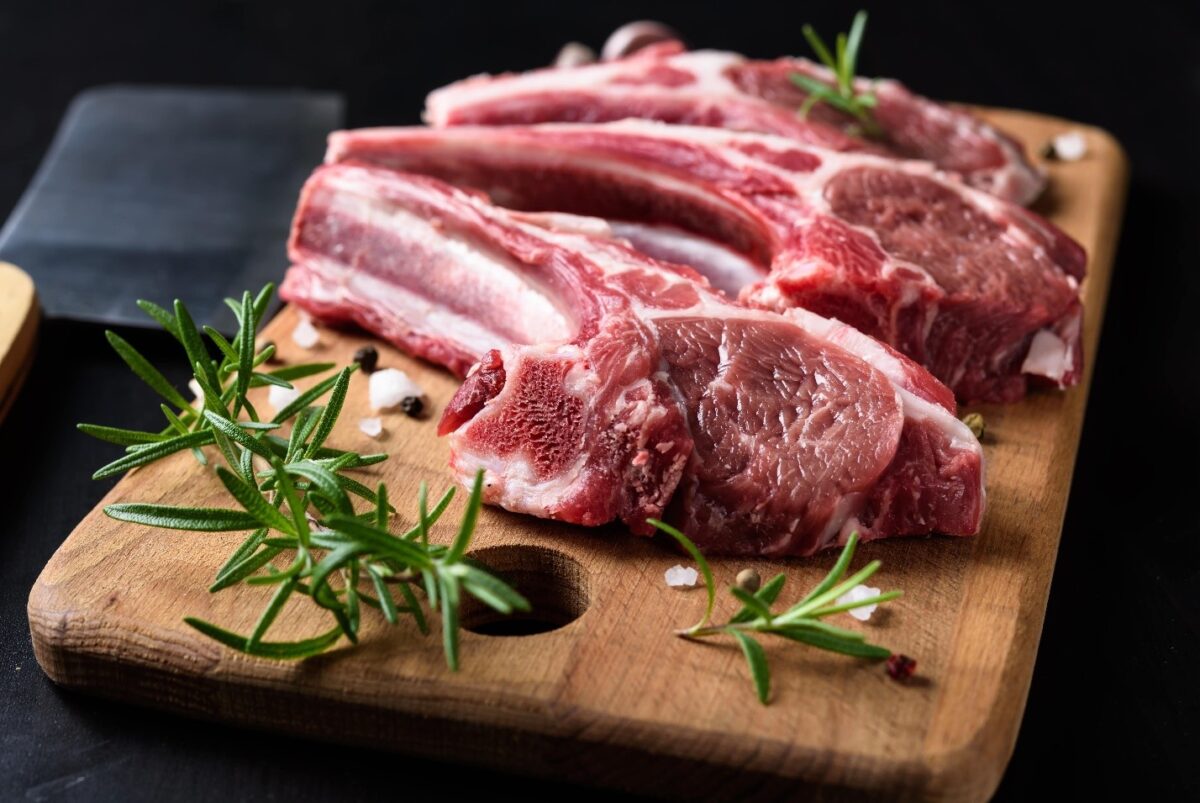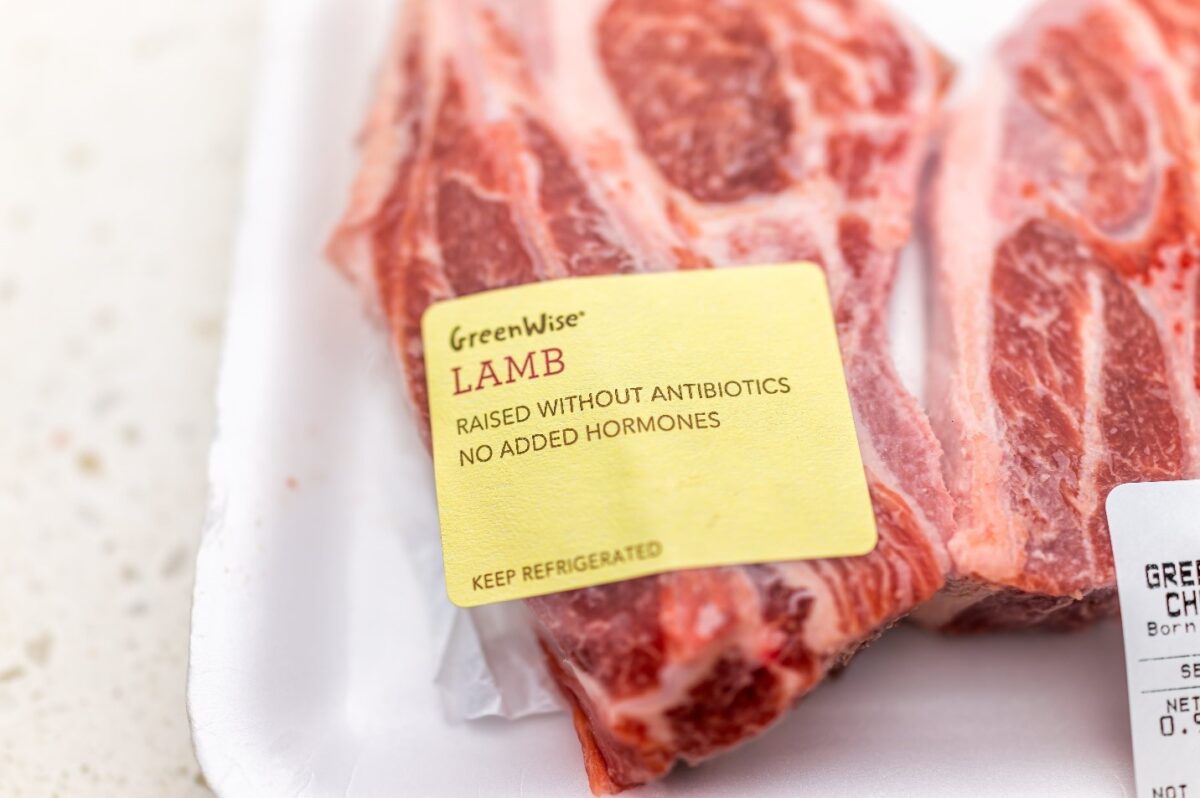Lamb has long held a distinguished place in global cuisines, celebrated for its rich, slightly gamey flavor that lends itself beautifully to classic preparations. Traditionally, cooks lean on robust herbs like rosemary, mint, or thyme, and serve it alongside red wines to complement its depth. Yet lamb has another side, one that shines when paired with sweetness. Beyond the expected savory companions, lamb reveals remarkable versatility when matched with fruits, honey, or even chocolate. These surprising contrasts not only highlight lamb’s complexity but also unlock new culinary dimensions.
Superior Farms will look at how sweet and savory combinations elevate lamb, drawing inspiration from both traditional pairings found across cultures and more daring, modern interpretations.
Why Sweetness Works with Lamb
Lamb’s bold, earthy character makes it a perfect canvas for balancing flavors. Unlike milder meats such as chicken or pork, lamb can stand up to rich ingredients without being overwhelmed. Sweetness, when introduced thoughtfully, tempers the natural gaminess while enhancing lamb’s succulence.
This interplay mirrors a universal culinary principle: opposites attract. Just as salty and sweet combinations delight the palate, the contrast of savory lamb with sugars from fruit, honey, or chocolate creates complexity that lingers with each bite.
Lamb with Figs: Ancient Luxury
The pairing of lamb and figs dates back centuries. In Mediterranean cuisines, figs were prized for their natural sweetness and velvety texture, while lamb was a celebratory dish. Together, they created meals that were both hearty and indulgent.
Fresh figs, when roasted alongside lamb, caramelize into syrupy bursts of flavor. Dried figs, often simmered in wine or stock, become rich and jammy, infusing the meat with sweetness that doesn’t overpower. Imagine a lamb tagine where tender chunks of meat mingle with figs, almonds, and warm spices, a dish that feels at once comforting and exotic.
Pomegranate: Brightness Meets Depth
Few ingredients capture the drama of flavor like pomegranate. Its ruby-red seeds deliver a sharp, juicy sweetness that cuts through lamb’s richness. Middle Eastern cooking has long celebrated this harmony, particularly through pomegranate molasses.
Brushing racks of lamb with a glaze of pomegranate molasses before roasting creates a glossy, tangy crust. The sweetness balances the fat, while the acidity lifts the entire dish. Paired with fresh herbs or pistachios, this combination is both elegant and refreshing. Even a simple garnish of scattered pomegranate seeds over grilled lamb transforms the plate into a vibrant showpiece.
Honey: Nature’s Golden Contrast
Honey and lamb share a natural affinity. The floral, syrupy qualities of honey accentuate lamb’s savory notes while adding a silky glaze. This pairing thrives in both rustic and refined settings.
A honey-mustard glaze on slow-roasted lamb shanks, for instance, creates a dish that is simultaneously robust and delicate. Honey also shines in marinades, mixed with garlic, lemon, and chili, it adds layers of sweetness, tang, and heat. Across the Mediterranean and North Africa, honey is often paired with lamb in stews, sometimes alongside dried apricots or raisins, creating dishes that blur the line between sweet and savory in the most delightful way.
Chocolate: An Unexpected Companion
At first glance, chocolate might seem an unlikely partner for lamb. Yet, when used in moderation and in savory applications, chocolate lends a subtle depth rather than sweetness. Think of how cocoa is used in Mexican mole sauces, it adds richness, complexity, and a slight bitterness that grounds strong flavors.
Similarly, adding dark chocolate or unsweetened cocoa powder to a lamb braise can create a sauce that is velvety and layered, without tasting like dessert. The earthy tones of cocoa echo lamb’s richness, creating a balance that feels both surprising and harmonious. Served with roasted root vegetables or a bold red wine, lamb with chocolate-infused sauce becomes an adventurous yet refined dish.
Beyond the Plate: Cultural Inspiration
What’s fascinating is that many of these sweet pairings aren’t modern inventions but draw from centuries-old culinary traditions. In Moroccan tagines, lamb is stewed with apricots, prunes, and honey. In Persian cuisine, lamb often appears with pomegranate and nuts. Even in medieval European kitchens, lamb and fruit sauces were commonplace.
Revisiting these traditions through a contemporary lens allows today’s cooks to rediscover lamb’s versatility while pushing culinary boundaries. Whether it’s through a fine dining dish that juxtaposes lamb chops with a fig compote or a home-cooked stew with raisins and honey, the possibilities are endless.
Tips for Experimenting at Home
- Balance is key – Too much sweetness can overwhelm lamb. Start small, adding fruit or honey gradually.
- Pair with acidity – Lemon, vinegar, or yogurt can offset sweetness and keep flavors bright.
- Consider texture – Crunchy pomegranate seeds or sticky figs add contrast beyond flavor alone.
- Use spices as bridges – Cinnamon, cumin, coriander, or chili help knit sweet and savory together seamlessly.
The Takeaway
Lamb is a meat of remarkable character, and its story is not limited to herbs, garlic, and wine. By venturing into sweet pairings—whether figs, pomegranate, honey, or chocolate—we unlock its ability to surprise and delight. These combinations show that lamb is not only a symbol of tradition but also of innovation, capable of embracing bold flavors that cross borders and eras.
Next time you prepare lamb, consider stepping away from the expected. Let figs caramelize in the pan, drizzle honey over a roast, or stir a bit of chocolate into your sauce. You may just discover a pairing that transforms how you think of this timeless protein.

